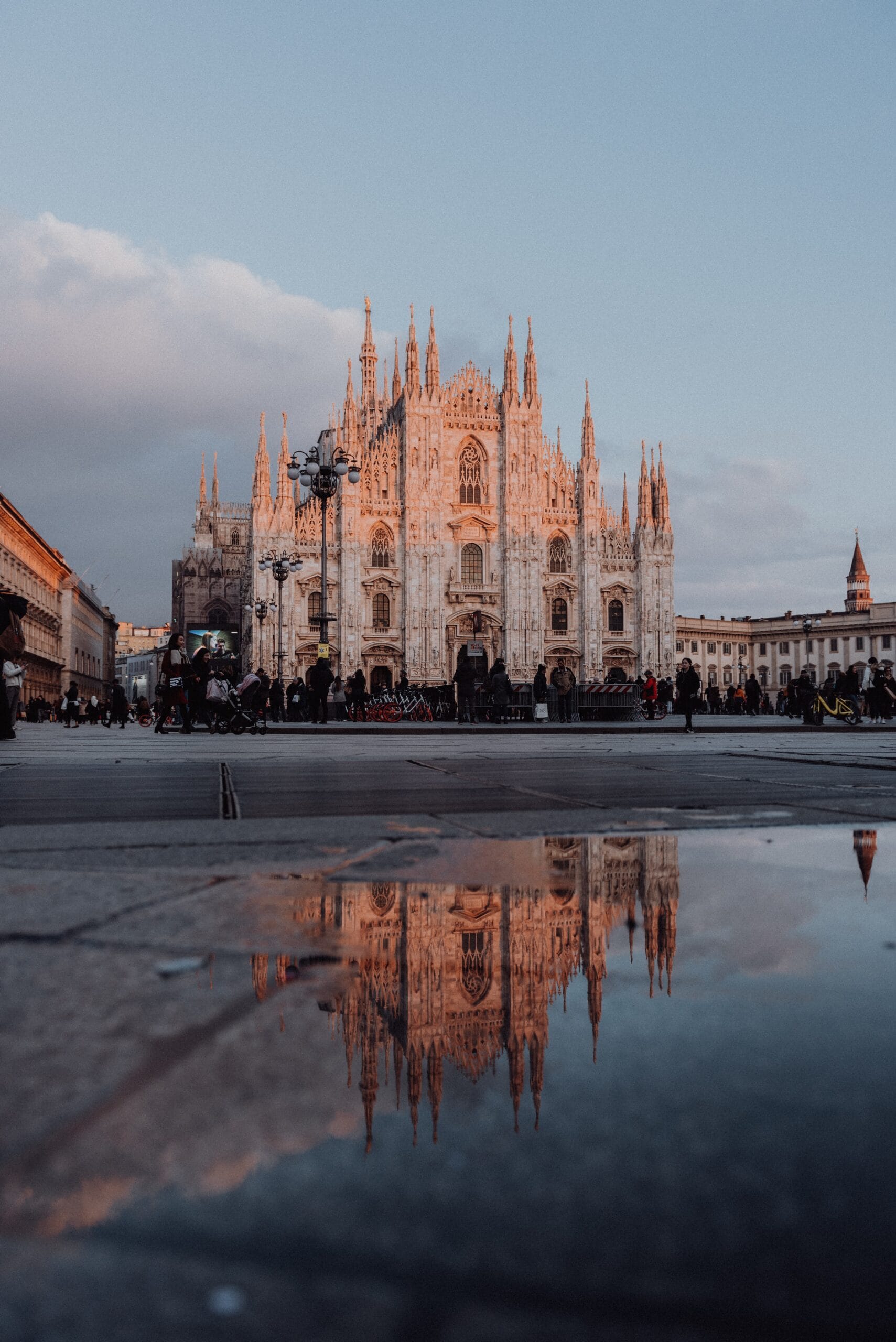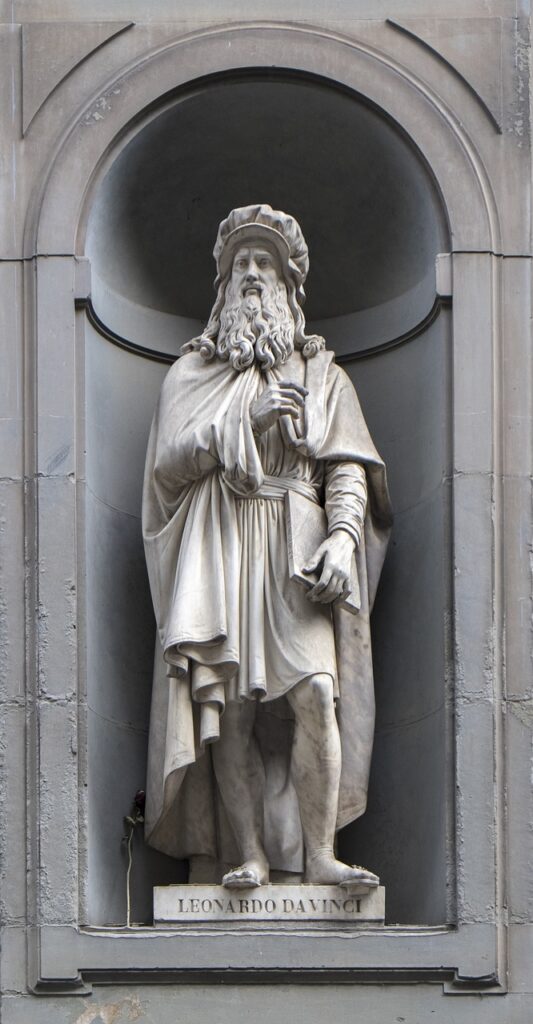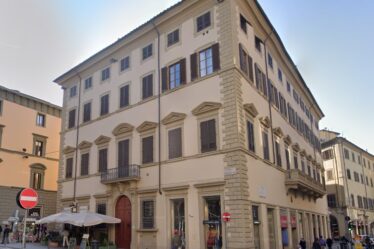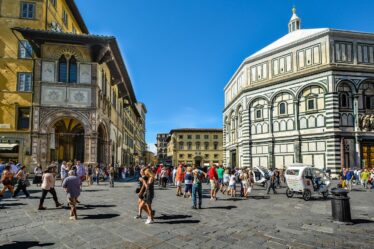

Introduction: Leonardo Underground Passages Milan
Leonardo Underground Passages Milan is the title of this investigation into newly confirmed subterranean routes beneath Milan’s Sforza Castle, discovered thanks to Leonardo da Vinci’s sketches. This work by the Politecnico di Milano (led by Francesca Biolo) uses modern surveying to verify features long suspected from da Vinci’s notebook, Codex Forster I, and reveals how engineering, art, and logistics were intertwined in his working records.
What Leonardo’s Notebook (Codex Forster I) reveals about Sforza Castle tunnels
Firstly, Codex Forster I is a rather informal notebook, not a polished treatise, in which Leonardo made mirror writing sketches in the late 1400s. It includes hydraulic studies, notes on measurement of solids, and drawings that appear to show subterranean features aligned to elements of Sforza Castle tunnels. (Earth.com)
Because Ludovico Sforza (il Moro) pushed significant building work in Milan during that period, Leonardo had the opportunity to observe structural and logistical details—how people moved, how water or materials were managed—that ordinary visitors would not have seen. (Earth.com)
Using modern methods to find Leonardo Underground Passages Milan confirmed the Sforza Castle tunnels
Secondly, the project turned to advanced non-invasive instrument techniques:
- Ground-penetrating radar (GPR) was used to send radio waves into the soil, which reflect from foundations or voids. (Artnet News)
- Laser scanning, photogrammetry and precise topographical surveys collected data to build a 3D model, enabling the mapping of underground walkways around and beneath the outer defensive wall known historically as the “Garland” (Ghirlanda). (Frontiere)
These methods validated features about a few decimeters below the surface, and matched alignments, depth, and geometry with sketches in Leonardo’s Codex Forster I. (Artnet News)
Discoveries: new passages, cavities, connections with Sforza Castle tunnels
Furthermore, what the scans revealed includes:
- Previously undocumented cavities and walkways around the defensive perimeter called the Garland. (Earth.com)
- Some lie near known but inaccessible rooms; the geometry helps explain internal circulation in military use. (Earth.com)
- Historical accounts suggest a corridor toward the Basilica of Santa Maria delle Grazie (where Beatrice d’Este is buried), possibly used by Ludovico Sforza to move more privately. This potential route aligns with what Leonardo drew. (IFLScience)
Thus, the data supports the existence of Sforza Castle tunnels matching Leonardo’s sketches—not simply myth, but physical reality. Leonardo Underground Passages Milan highlighted by this correspondence.
Implications for conservation, access, and digital modelling for Sforza Castle tunnels
Moreover, the research is not just about discovery, but application:
- A digital twin of Sforza Castle is being built: a fully georeferenced 3D model that integrates current structure with lost historical features beneath the surface. This helps with planning, maintenance, and safe exploration. (Artnet News)
- Constraint maps derived from the model can mark caution zones so any construction or restoration avoids damage to underground rooms or voids. (Frontiere)
- For visitors and curators, augmented or virtual reality could allow exploration of spaces that remain off-limits physically, enhancing the public’s understanding and connection with the hidden layers. Leonardo Underground Passages Milan becomes a tool for education. (Frontiere)
Challenges, safety, and what remains unknown about Sforza Castle tunnels
However, there are still open questions:
- Whether every feature revealed by radar corresponds to a tunnel, a drain, or later additions (utilities etc.).
- Whether the passage toward Santa Maria delle Grazie is continuous, open, or in stable condition.
- How to preserve fragile structures underground—moisture, airflow, structural stress must be assessed before opening anything.
Also, the involvement of Leonardo is supported by sketch alignment and historical context, but direct evidence of his designing every tunnel is not yet established. Leonardo Underground Passages Milan serves more to confirm that the sketches were based on direct observation, not mere hearsay.
Conclusion: Significance of the discovery and Leonardo Underground Passages Milan
In conclusion, the confirmation of underground passages beneath Sforza Castle, as anticipated by Leonardo’s sketches in Codex Forster I, reshapes how we understand Milan’s architectural and defensive history. Thanks to non-destructive surveying, digital modelling, and archival work, Leonardo Underground Passages Milan is no longer just a hypothesis—it becomes a framework for future conservation, research, and public engagement.
External Links
- Politecnico di Milano “Discovering what lies beneath Sforzesco Castle” interview with Francesca Biolo:
https://www.frontiere.polimi.it/exploring-the-underground-of-the-sforza-castle-between-history-technology-and-research/?lang=en (Frontiere) - Artnet article “Leonardo da Vinci Described Secret Passages in Sforza Castle. High-Tech Analysis Just Proved Him Right” (Artnet News)
- Popular Mechanics report “Leonardo da Vinci-Drawn Tunnels Revealed Under Milan Castle” (Popular Mechanics)
- IFLScience article “Codex Forster I: Leonardo da Vinci Sketches Lead Researchers to Secret Tunnels in Milan’s Sforza Castle” (IFLScience)



